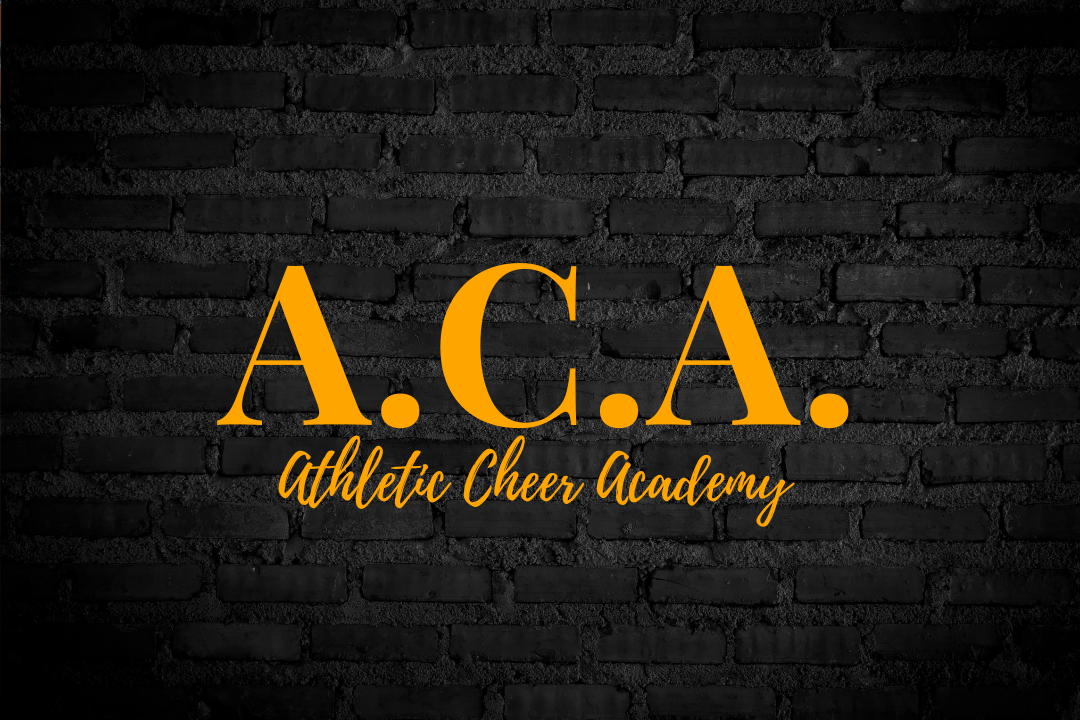Cheerleading has a long and fascinating history that spans over a century
Initially, cheerleading began as a male-only activity, but over time, it has evolved to become a popular co-ed sport that is enjoyed by both males and females worldwide.
Cheerleading can be traced back to the late 1800s, where it began as a way for male students to cheer on their favorite sports teams at the University of Minnesota. These early cheerleaders were known as "yell leaders" and their primary function was to encourage the crowd to cheer on their team. However, cheerleading as we know it today was not yet born. At this time, cheerleading was mostly made up of chanting and jumping up and down to get the crowd excited.
In the early 1900s, women began to get involved in cheerleading, and the activity started to evolve. Women began to incorporate gymnastics and dance into their routines, which helped to create a more dynamic and exciting atmosphere. The first female cheerleader was Margaret Gorman, who was crowned Miss America in 1921. Gorman was a cheerleader at the University of Maryland and is credited with popularizing the idea of women participating in cheerleading.
cheerleading became more of a formalized activity
In the 1940s, cheerleading became more of a formalized activity, with specific rules and regulations put in place. Cheerleading competitions began to take place, and the National Cheerleading Association (NCA) was founded in 1948. The NCA is still in operation today and is one of the largest cheerleading organizations in the world.
In the 1950s, cheerleading continued to evolve, with the introduction of pom-poms and more intricate routines. This decade saw the emergence of male cheerleaders, who brought a new level of athleticism to the sport. The 1950s also saw the creation of cheerleading uniforms, which helped to create a sense of unity and pride among cheerleaders.
In the 1960s and 1970s, cheerleading began to take on a more political and social aspect. Cheerleaders began to use their platform to advocate for social causes, such as civil rights and women's rights. Cheerleading also became more inclusive during this time, with more people of color and people with disabilities participating in the sport.
Cheerleading became mainstream
In the 1980s and 1990s, cheerleading became more of a mainstream activity, with more attention being paid to it by the media. Cheerleading competitions became more popular, and the sport started to gain recognition as a legitimate athletic activity. This period also saw the emergence of all-star cheerleading, where athletes from different schools and communities come together to form a competitive team.
Today Cheerleading is competitive
Today, cheerleading is a global phenomenon that is enjoyed by millions of people worldwide. It has become a highly competitive sport, with athletes performing complex routines that require a high level of athleticism and skill. Cheerleading is now recognized as an official sport by many organizations, and it is now considered an Olympic sport.
Cheerleading has come a long way since its early days as a male-only activity. It has evolved into a dynamic and exciting sport that incorporates dance, gymnastics, and stunts. The history of cheerleading is a fascinating one that is filled with social and political activism, innovation, and athleticism. As cheerleading continues to evolve, it will undoubtedly continue to be an essential part of our cultural landscape for many years to come.

